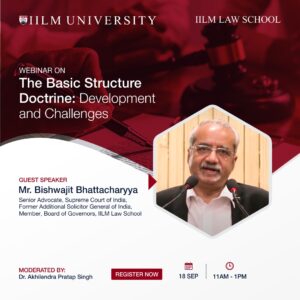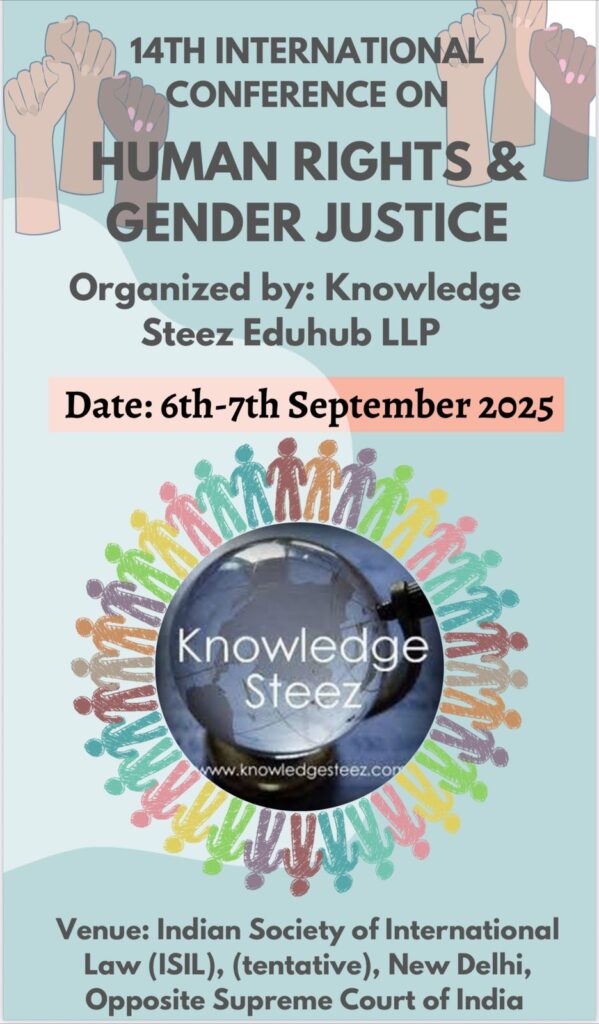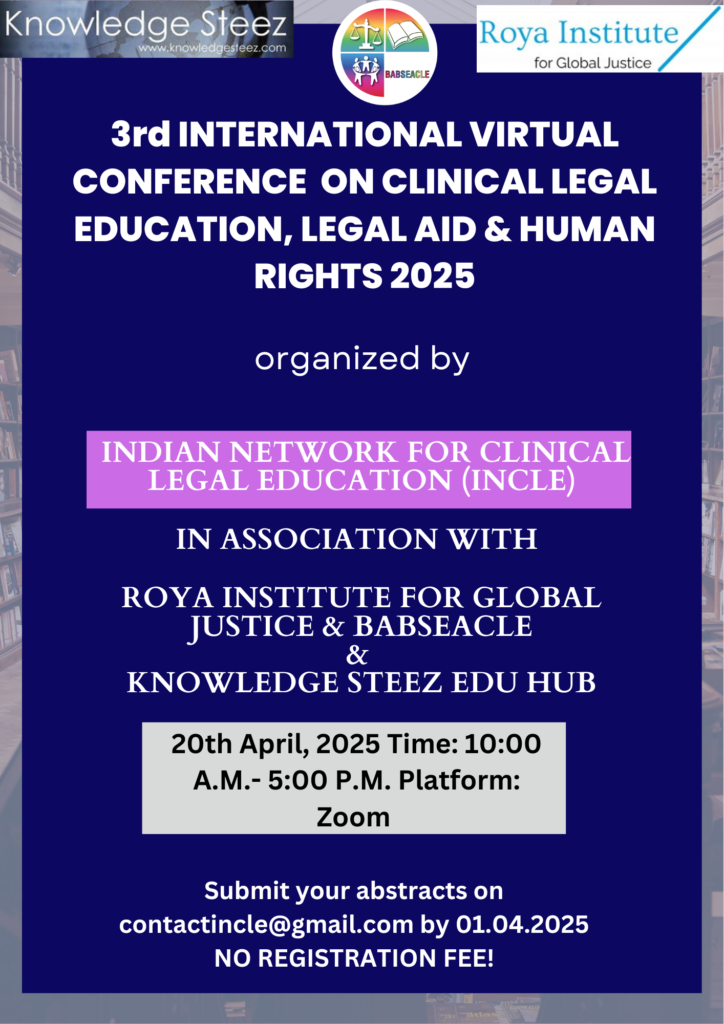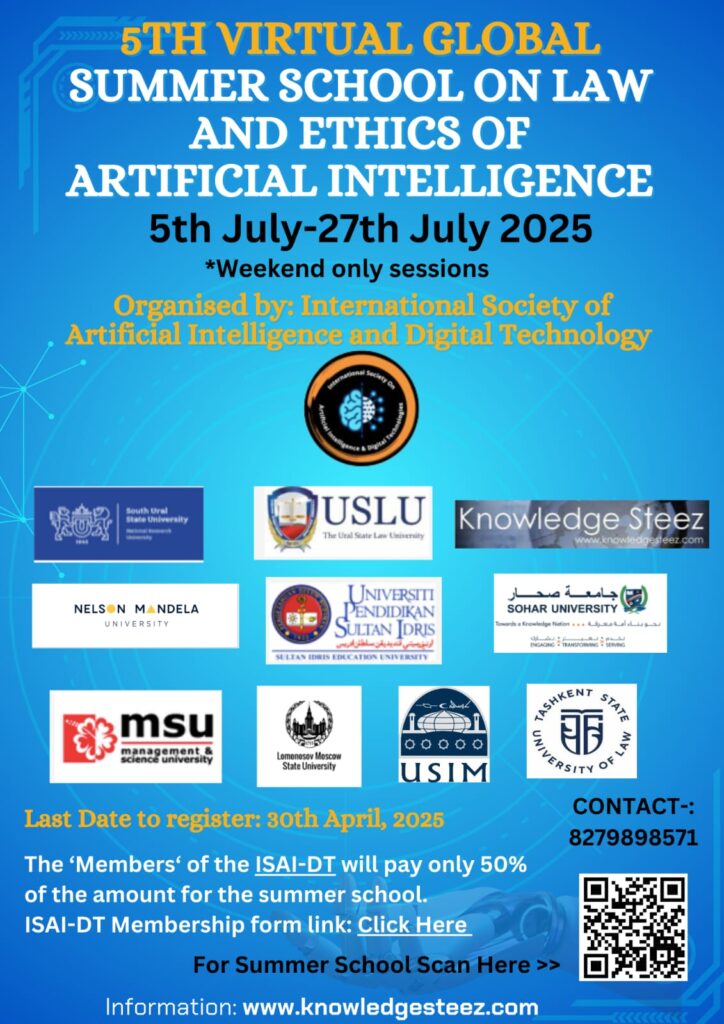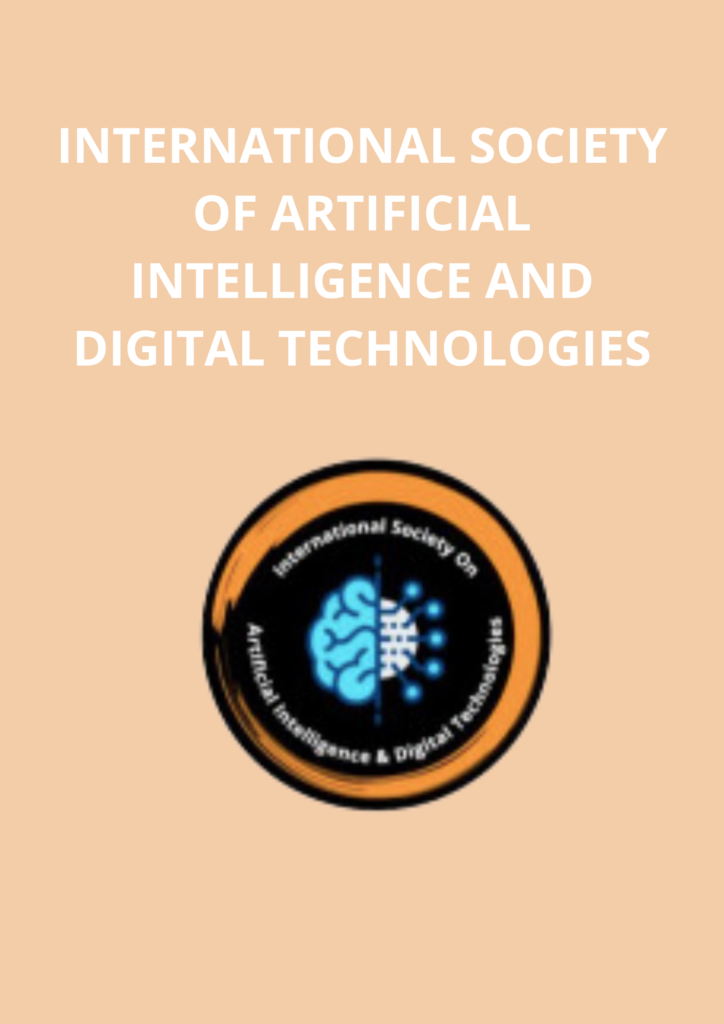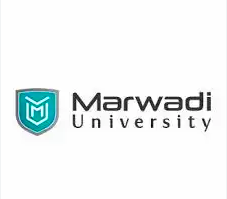(18th September 2021)
Organized by IILM Law School
A brief note about the Basic Structure doctrine
The basic structure doctrine is often understood as the key judicial instrument that has allowed the Constitution of India 1950 to endure as the second most durable constitutional text in the world. The Indian Supreme Court has developed the doctrine into a novel and extensive doctrine of constitutional judicial review that has enabled the court to preserve the sanctity of the constitution as a higher law. The basic structure doctrine was developed by the Indian Supreme Court in Kesavananda Bharti v. State of Kerala (AIR 1973 SC 1461) where the court held that the constitutional amending power was subject to implied limitations – basic features of the constitution.
Ever since the Kesavananda judgment, the Indian Supreme Court has explicitly and categorically declared several features of the Indian Constitution as basic structure of the Indian Constitution. For example, in a catena of cases, the Court has declared that Rule of law, Judicial review, Parliamentary system, Rule of equality, Harmony and balance between the Fundamental Rights and DPSPs, Free and fair elections, Limited power of the parliament to amend the Constitution, Federal and Secular character of the Indian State, etc. as the basic features of the Indian Constitution.
In this webinar, our chief guest intends to highlight the development of the basic structure doctrine in the Indian Constitution as well as its borrowings by other South Asian countries. More importantly, he intends to flag some issues in the basic structure doctrine that have and remain as issues of constitutional controversy, both in practice as well as in theory.
About the Chief Guest & Speaker
The Chief guest and speaker for the occasion is Mr. Biswajeet Bhattacharya. Mr.Bhattacharyya, 69, has had a brilliant academic record. A topper from his school in Kolkata, a first class post graduate from St Stephen’s College, Delhi, he has been a rank holder in LL.B& a gold medallist in LL.M (I & III terms) from Delhi University.
He started his career in Price Waterhouse, Peat & Company, then switched over to a PSU Bank. He has been the first foreign exchange dealer in Delhi’s foreign exchange market, representing a large PSU Bank. He then took over as a Senior Faculty Member of NIBSCOM (National Institute of Banking Studies & Corporate Management).
Thereafter, he joined ANZ Grindlays Bank and was soon elated to the position of Country Head, International Banking, ANZ Grindlays Bank. He has travelled in many countries as an international banker, and held charge of Middle East operations of non-resident investment banking operating from the Gulf region.
His passion for law, made him join the bar at 37, as a first-generation lawyer first lawyer in the family. Simultaneously, he has been a Visiting Faculty at IIM Ahmedabad & ILI New Delhi where he taught (evening) corporate laws, tax laws, administrative laws & international trade laws for over a decade.He was designated as a Senior Advocate in 2007 and became Additional Solicitor General in (2009-2012) in the Supreme Court and held an independent portfolio of revenue & banking. He has been a prolific writer in the press and has authored 2 books. He has a passion for philanthropy & music.
Webinar Details & Timings
- Welcome Address by Prof. Dr. Sujata Shahi, Vice-Chancellor, IILM University, Gurugram (11:00 am – 11:15 am)
- Talk by the Chief Guest & Speaker (Mr. Biswajeet Bhattacharya) on the basic structure doctrine (11:15 am – 12:00 pm)
- Question Answer round (12:00 pm – 12:45 pm)
- Vote of Thanks by Prof. Dr. Asha Verma, Dean, IILM Law School (12:45 pm – 1:00 pm)
Responsibility of moderation of sessions is upon Dr. Akhilendra Pratap Singh.
To register, click here

